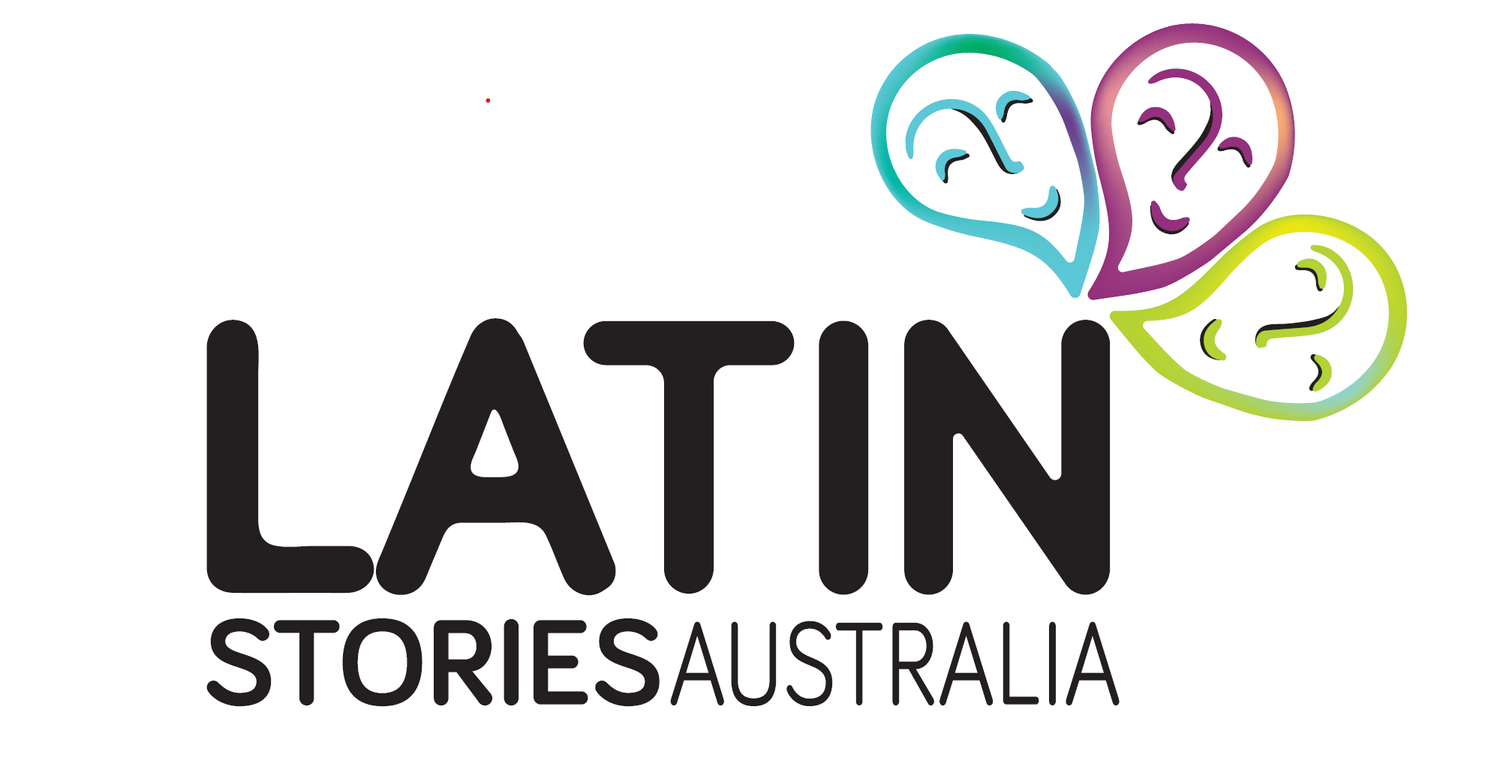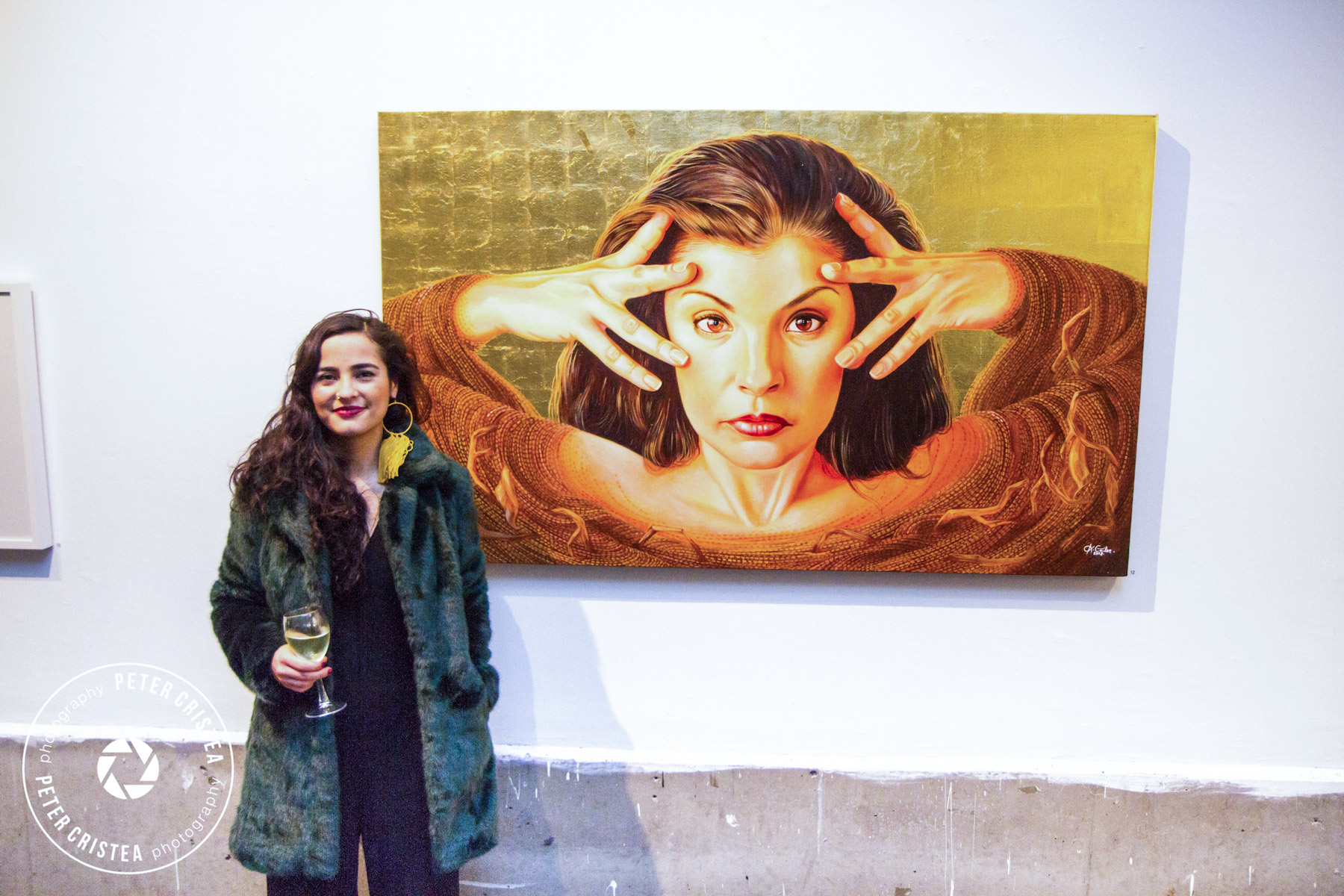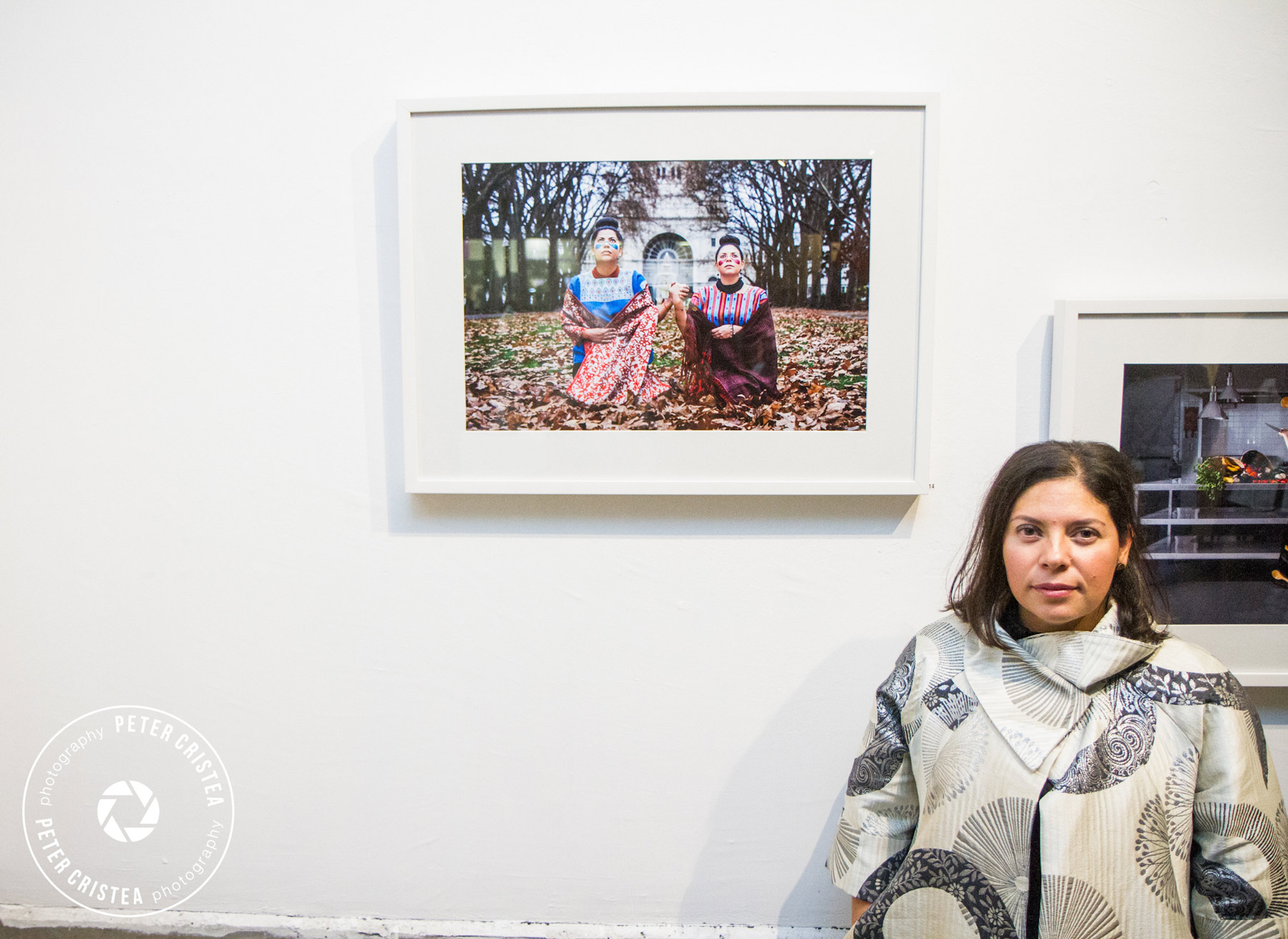La Niña Project: When stories connect, reconnect, destruct and recreate.
By Trini Abascal
Last Friday 8th of June was the opening of the first group art exhibition of La Niña Project in which 17 contemporary female and non-binary femme artists are featured. The exhibition runs from the 6 to the 17 June 2018 at No Vacancy Gallery (QV). During the opening there were more than 200 attendees exploring the artwork of these artists which was curated by Katherine Gailer with the support of No Vacancy Gallery and Lucy Lucy.
To Colombian-born artist Katherine Gailer, the founder of this project, it is evident that as society we are going through this phenomenon in which females around the world are reclaiming their power and radically changing the old social structures. Therefore - inspired by the natural phenomenon La Niña which is well known for its strong winds and radical changes in the atmosphere - she wanted to create a space for collaboration with, and connection between, female artists to contribute to this weaving of new contemporary female identities, their resilience and liberation.
During the opening of the first group art exhibition of La Niña Project. Photos by Eri Brody
This exhibition also showcases the multiculturalism of Australia as 11 out of the 17 artists are immigrants, of which six are from Latin America: Gabriela Isabel Gonzalez and Grace de las Nieves (Chile); Júlia Both (Brazil); Katherine Gailer and Kathleen Gonzalez (Colombia) and Yunuen Perez (Mexico). Other artists include Lucy Lucy (France); Pimpisa Tinpalit (Thailand); Elle (USA); Kim Hyunji (South Korea); Erin Lee (New Zealand); Rachael Edwards (England); Texta Queen, Loretta Lizzio, Goodie, Astro Twitch and Stephanie Leigh (Australia).
Some of the artists showcased at the exhibition. Photo by Peter Cristea
We spoke with the artists and this is how they connect, destruct and recreate, as La Niña does.
Challenges
Some of the biggest challenges to start their artistic careers have been the lack of networks and understanding of the local industry. However, they have conquered these challenges and have “recreated” their own story.
Lack of networks
My biggest challenge is to get to know the scene you are evolving in: meeting people, getting them to know you and your work, knowing the galleries, the city councils, other artists, collectors etc. It’s a mix of formal and informal connections. This is a long ongoing process that cannot be achieved quickly. As a new immigrant you really start from scratch (Lucy Lucy).
When I first started working, I remember feeling frustrated that I did not have any networks, I felt a bit isolated and unsupported. I also struggled at first to connect with people because I was quite young and introverted, and because of cultural differences in how people make friends here. However over the years this has changed, partially because I've become better at being outgoing and partially because this sort of stuff just takes time. I now feel now that I'm surrounded by a supportive community of peers (Julia Both).
Understanding the industry
It has taken me many years to fully digest and finally have a clear understanding of where the Australian Arts industry is at; where it is going, and what is the role that I want to play within this field. This also includes understanding the language of this industry, the way people perceive life, relate to each other and effectively communicate ideas. I can say that recently I have been able to identify that role and how I can contribute to a vibrant and rather competitive cultural industry (Katherine Gailer).
The artists with their art (Katherine Gailer, Lucy Lucy, Julia Both, and Yunuen Perez). Photos by Peter Cristea
Contrasts
We asked the artists to talk about the contrasts between their country of origin and Australia regarding the arts industry. It appears that Australia provides opportunities to “connect” with art and to “recreate” their voice and creative expressions. However, difficult situations in their country of origin also influence a stronger content in places like Latin America.
Opportunities
I found that Australia and particularly Melbourne had a lot of room for emerging artists and there were plenty of opportunities. In contrast with France, there are so many people studying art, making art within a very strong culture and art history that goes on for centuries. It is more challenging to see oneself emerging from it. I felt like I was just a tiny drop in the wide ocean. The strong culture and history is also very inspiring yet still very intimidating. I felt freer to dare to do things in Australia (Lucy Lucy).
I am from the ex-industrial north of England, opportunities for artists and those working in the arts are thin on the ground. In contrasts, Australia has some of the best arts funding in the world. The support here for artists and the amount of people buying and commissioning art is far superior to the UK (Rachael Edwards).
It's hard to make a comparison between Australia and Brazil in terms of support for the arts, as Brazil is currently going through a political, economic and social crisis (Julia Both).
Voice
I think street art in Brazil carries a stronger content than street art in Australia, perhaps precisely because we have so many issues. I see a lot more dialogue and political messages coming through on the streets there, as opposed to just decorative images (Julia Both).
Colombia has suffered an armed conflict for the past 50 years and this has had a massive impact on what artist have to say and the role they have in society. Now we can identify many creatives reflecting on reconciliation processes and social change. A lot of the time they represent it as communal expression rather than an individual one. Australia's creative expression seems to be a lot more individual than communal (Katherine Gailer).
My migrant/Australian artistic voice will be different to my artistic voice if I was based in Mexico. My present artistic narratives explore and delve into topics that are framed by my experience living in this country, so far away from my hometown (Yunuen Perez).
Creative expressions
In Brazil we have had a few exhibitions about sexuality being shut down in recent years because of popular outrage! I think Brazil is still struggling with the conflict between artistic freedom and a very strong religious dogma. Of course there is some of that in Australia but I don't see it having as much influence (Julia Both).
Colombia’s creative expression is deeply rooted in cultural traditions. Art was hardly considered a career until recent years. But the country's nostalgia and euphoria has always generated incredible music and art. Australia is a total different story as it has had a dramatic rupture between their cultural tradition and art. This is only coming to a meeting point recently. In addition to this, the involvement of diverse cultural identities is making it very interesting (Katherine Gailer).
Rachael, Lucy & Katherine during the opening. Photo by Peter Cristea
Piece of advice
The artists’ advice to emerging artists and/or new immigrants who want to explore the industry involve concepts regarding “connections” with other people, “destruction” of fears and self-imposed ideas and “reconstruction” of yourself as an artist.
Get out there - My advice would be to go to exhibition’s openings, meet people and talk to everyone (Rachael Edwards). If you're shy and don't like meeting people, try to diligently work on overcoming your limitations, because getting out there and meeting other creatives will make your life much easier. Meet as many people as you can in your field and ask them for advice, they will be able to help you understand how the industry works and how to get involved in things (Julia Both).
Persistence - You will get a lot of NOs. And this is fine. Failure is a big part of success (Katherine Gailer). Try, try harder, try your best, and something shall happen (Lucy Lucy).
Question yourself - The answer to a personal creative journey can be found in the initial questions that you, as an artist, are trying to answer through your work: What and Why? It is also important to ask yourself, what will it happen if you do it differently? (Yunuen Perez).
Some of the artwork presented at the exhibition








